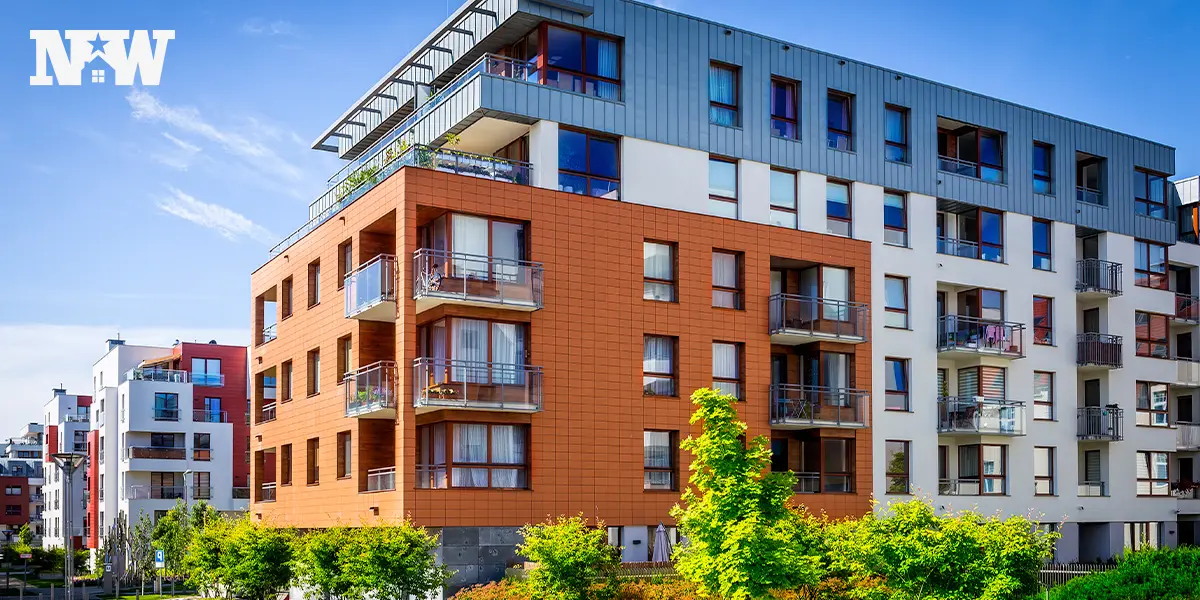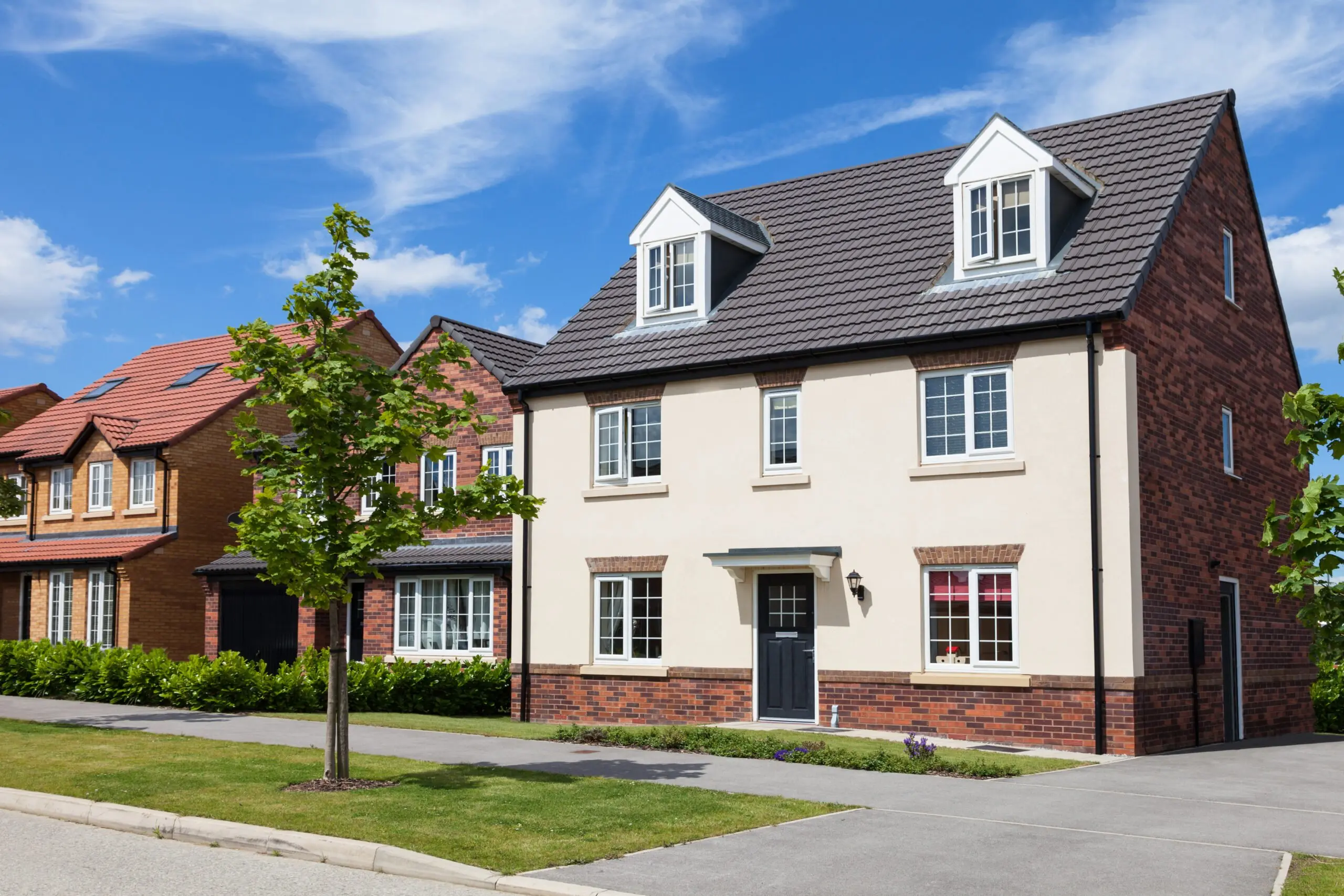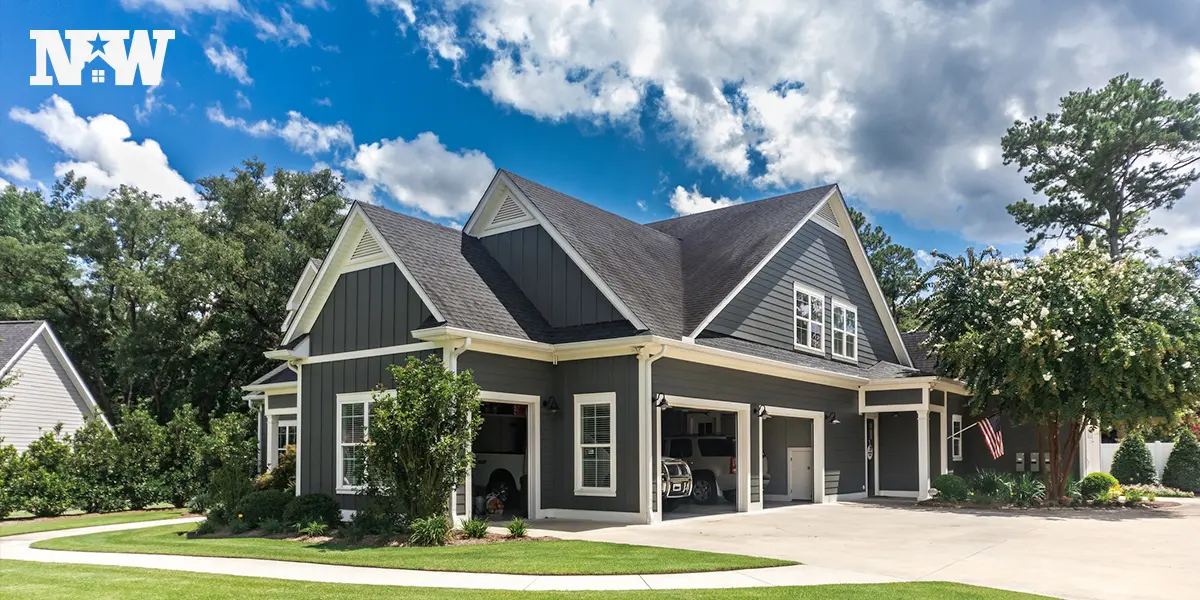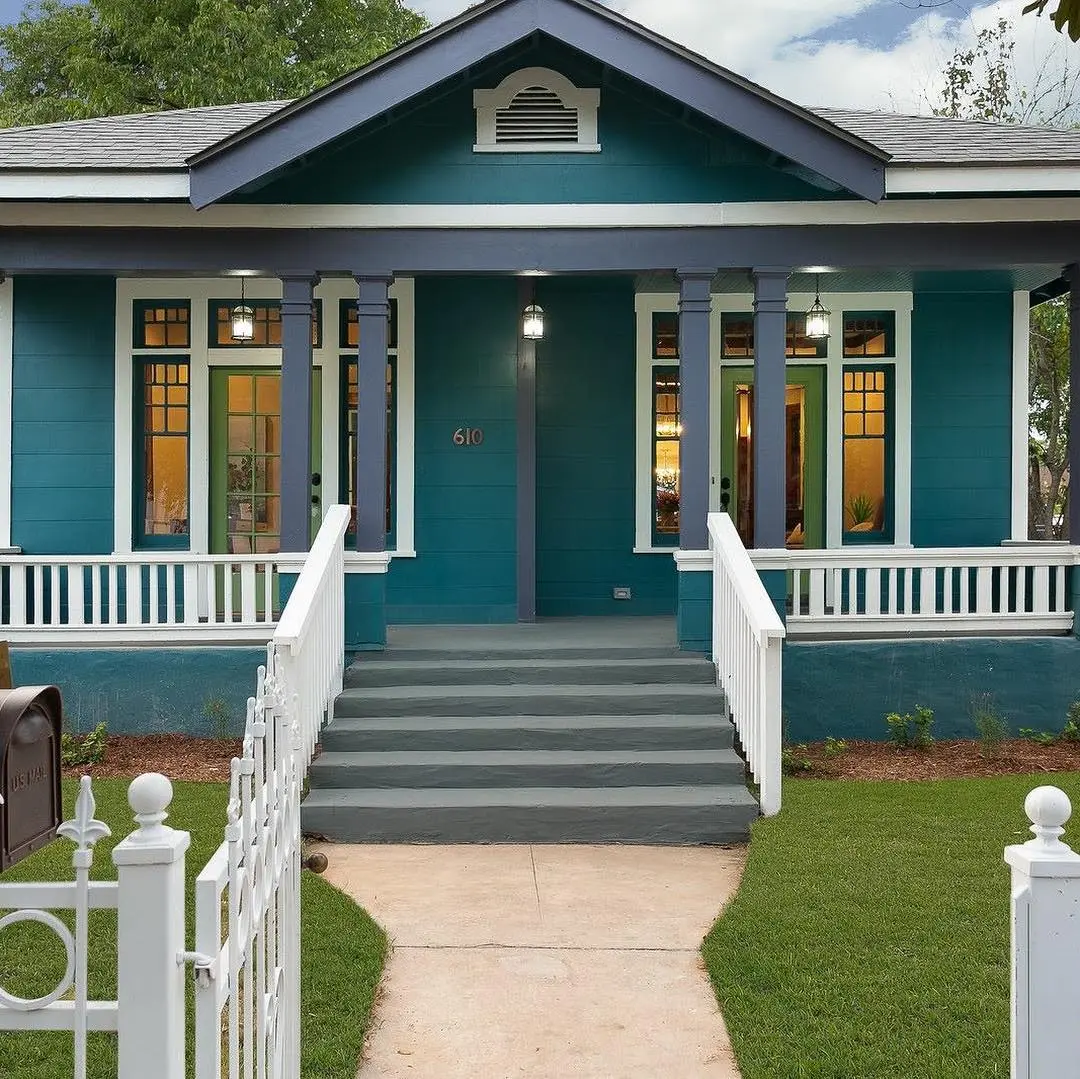Ever since the pandemic in 2020, the rental housing market in the United States has reached new heights. According to a Harvard study, half of U.S. renters spent over 30% of their income on rent in 2022. Average rent increases peaked in 2022 when they saw a 16% average increase. Since then, price increases have started to slow down and finally reached levels lower than pre-pandemic rates.
What does this mean for renters and real estate investors? How will it affect 2024 rates? This guide examines recent years in the rental housing industry to help understand what we can expect in the coming years and what actions we can take to navigate rent increases.
What Is the National Average Rent Increase for 2024?
According to Zillow, the rental market trends for 2024 started with a year-over-year rental decrease of $100. Currently, the rent in the U.S. is increasing slowly by $5 every month. It’s also worth noting that out of more than 580,000 rentals, the median rent is $2,000. In December 2023, the average rent was around $1,950 across the U.S.
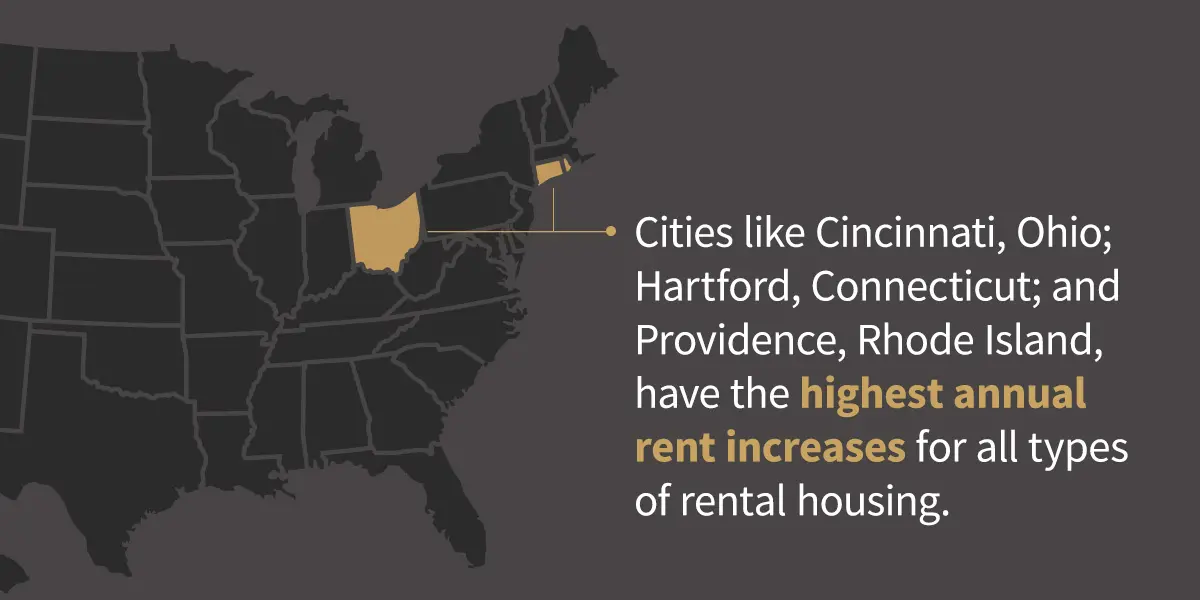
Cities like Cincinnati, Ohio; Hartford, Connecticut; and Providence, Rhode Island, have the highest annual rent increases for all types of rental housing. In contrast, San Diego, California; Austin, Texas; and New York City are among the cities with the top rent price declines monthly.
It’s important to remember that a neighborhood might fall below or above the national average depending on several factors, like:
- Urban or suburban area
- City and state laws
- Building ownership changes
- Property taxes
- New units built in the past year
- Availability of rental housing in the area
Highest and Lowest Average Rent Increase Per Year
While the average rent increase from 2022 to 2023 was 5.45%, some areas saw much higher and much lower increases. According to SmartAsset, here are the states with the highest and lowest rent increases from 2022 to 2023 and their price changes:
Note: These figures do not indicate the most and least affordable rental markets.
| Cities With the Highest Rent Increase | 2023 Average Rent | Increase From 2022 |
| Amagansett, New York | $43,370 | 62.82% |
| Oxford, Mississippi | $1,660 | 37.46% |
| Orinda, California | $5,411 | 35.82% |
| Saint Pete Beach, Florida | $2,820 | 30.43% |
| Auburn Hills, Michigan | $1,351 | 29.7% |
| Cities With the Lowest Rent Increase | 2023 Average Rent | Increase From 2022 |
| Plymouth, Massachusetts | $2,673 | -11.22% |
| Spotsylvania, Virginia | $1,815 | -9.99% |
| Dripping Springs, Texas | $2,172 | -8.48% |
| Payson, Utah | $1,503 | -8.24% |
| Coeur d’Alene, Idaho | $1,887 | -7.31% |
Credit: SmartAsset 2023 Study
Does the Number of Bedrooms Increase Rent?
It’s also important to note that the rent increases between 2021 to 2022 were the same for both one- and two-bedroom units. It’s a nationwide fact that more bedrooms a unit has typically warrants higher rent, but what’s interesting is that from January 2021 to June 2022, rent for one and two-bedroom units increased by 24.2%.
During this period, the average rent per month for the national average for a one-bedroom rental increased from $941 to $1,169, while the price of a two-bedroom rental increased from $1,093 per month to $1,339.
Factors That Contribute to Rent Increases
Some of the increase in rental prices can be attributed to the inflation rate, which skyrocketed from 1.2% in 2020 to 7.5% in 2021. However, since 2000, the average rent cost has surpassed the inflation rate by 29%. Inflation increased by 70%, and the rental rate increased by 90% during that time.
Rent costs are influenced by a variety of economic and social factors, including:
1. Competitive Housing Market: The National Association of Realtors (NAR) reports that in 2021, the median price of a home sold increased by about 17% to $346,900. 85% of prospective millennial homebuyers have been priced out of the marketplace due to the high cost of housing. Millennials who are unable to purchase homes opt to rent and to extend their leases.
2. Low Supply Unable to Meet Demand: Although there is a huge demand for apartments, there aren’t enough of them available, allowing landlords the power to hike rent. In 2020, the number of new apartment buildings was at a five-year low, and 83% of multi-family real estate developers reported construction delays. In addition, the price of building materials like plywood and timber rose by 35.7% in January 2020. Fortunately, experts predicted that prices would decline by 22.6% on top of the 8.8% decline in Q3 2022.
3. Compensating for Relief Programs: While the epidemic was going on, some states and localities enacted rent freezes and emergency rental assistance programs to assist keep costs down for suffering families. These restrictions have mostly come to an end, and landlords have adjusted their rates to reflect nearly two years’ worth of hikes.
4. Remote Work: As the pandemic carried on, 75% of wealthy families who make more than $100,000 annually were choosing to migrate away from large metropolitan cities chose to move to less expensive or smaller cities where they could afford more lavish housing. Interestingly, remote work wasn’t the primary reason people were leaving, but it did play a role in the decision. When more affluent people relocate to new areas, they’re bringing money that can help the community grow and create new job and business opportunities.
5. Lack of Inventory: When there is a shortage of vacant rental properties in the area, the landlord may raise rent prices because it is in demand.
6. Higher Demand to Live Alone: Many new prospective renters seek one-bedroom or studio apartments. This creates a demand for these available options, sparking new rent increases.
7. New Amenities and Renovations: As housing trends change, landlords may decide to add new features and make renovations. For example, they might upgrade electrical appliances, add a pool or change windows to more durable materials. If these aspects can improve a renter’s daily life, they might increase the rent to raise money for these renovations.
8. Local Market Improvements: Sometimes, neighborhood improvements can raise an apartment’s rent, too. For example, the area might have attained a school, large company franchise or any other attraction that encourages people to live in the area.
9. Higher Rental Prices in the Area: Landlords always need to keep track of what their competitors are doing. If many other apartments have raised the rent prices, then they may also need to do so to keep up with the trends.
Can We Predict 2024’s Average Rent Increase Per Year?
Many people are concerned about what 2024 has in store, regardless if they’re hoping to buy or sell a primary residence or if they’re an investor looking to find their next great deal. Things like rising mortgage rates, declining home sales, and overpriced real estate are great causes for concern. Let’s take a look at expert predictions to determine your next course of action.
Interest Rates
In order to combat inflation, interest rates will rise. While this is alarming, you needn’t go into panic mode at the moment. Experts believe that housing prices will come down, especially in markets where home prices were 20% to 25% overvalued.
The Federal Reserve has been working on finding a solution to reach its 2% inflation target. This involved pausing interest rate hikes. In December 2023, it announced it would maintain the rate between 5.25% and 5.5%.
Correcting Home Prices
Property values have been quite high in markets over the past few years. In the past, Zillow anticipated that the Western housing markets would continue to have home price corrections until the end of 2022, but at a slower rate. Markets like Phoenix, Arizona, and Salt Lake City, Utah, experienced a home value decline of another 2% on top of the already 4.4% and 7.1% decline we saw in the summer of 2022. These are all factors that may continue to affect current rental housing markets.
Short-Term and Long-Term Rental Market Recovery
Although the pandemic severely impacted the vacation rental market, the downturn was only temporary and the short-term rental market has already begun to rebound. The recovery is predicted to continue. Short-term rentals may even become a profitable investment strategy for landlords and investors.
That said, there’s a growing interest among investors who want to try their hand at both short-term and long-term rentals. There’s been a spike in long-term Airbnb rentals, partially thanks to traveling nurses and other professionals in need of temporary housing that isn’t a hotel.
In comparison to regular rental properties, this rental strategy offers investors a better rental income as well as greater predictability and lower vacancy rates than short-term rentals. Also, the number of remote workers who would rather travel for long stretches of time while working is likely to increase, resulting in an even higher demand for long-term, fully furnished vacation rentals.
Of course, although we can’t say for sure what 2024 has in store, signs indicate it’ll be a steady year for the rental housing market — depending on your local market.
Tips to Combat Rent Price Increases
Have you encountered a rent price increase recently? If they are significantly affecting your finances, you might benefit from finding solutions that get your rent closer to an amount you can afford. Here are some effective tips for combatting rent price increases:
- Negotiate with your landlord: This is more of a long-term technique that you’ll need to implement before your lease expires. First, you’ll need to establish that you’re a good tenant by complying with all the landlord’s rules and paying rent on time. Then, negotiate with your landlord about a suitable rent price 90-100 days before you receive a new lease. At this time, your landlord might be more willing to keep you as a tenant than deal with someone they have issues receiving rent from.
- Consider roommates: If the new rent price is too much for you alone to pay, you might consider getting one or more roommates who can split your basic living expenses. This method can also help you get a place in a nicer rental and location.
- Research more affordable housing options: If the above options were beyond your grasp, you could always research rentals in the area to see if there are similar apartments with a lower price to your current place. Just be sure to include your moving costs to be sure it’s worth it.
Find Reasonably Priced Rental Housing With New Western
There are various factors that could increase or decrease the price of your rental. If you’re an investor, our experienced agents at New Western can help you find a deal that aligns with your needs. We take the time to learn about your investment goals and financial situation and then show you suitable opportunities in the market.
With us, you’ll gain access to an array of properties in our real estate investment marketplace. For more information, contact one of our licensed agents today to discuss your ideal property.
